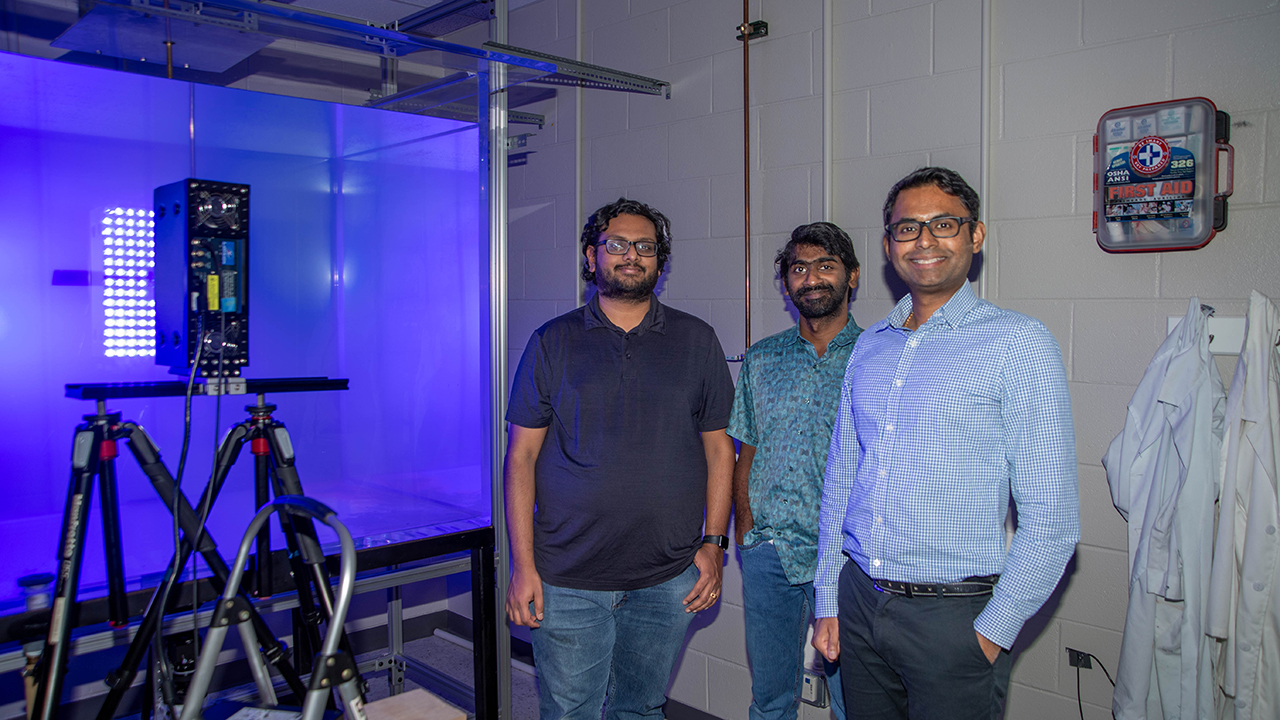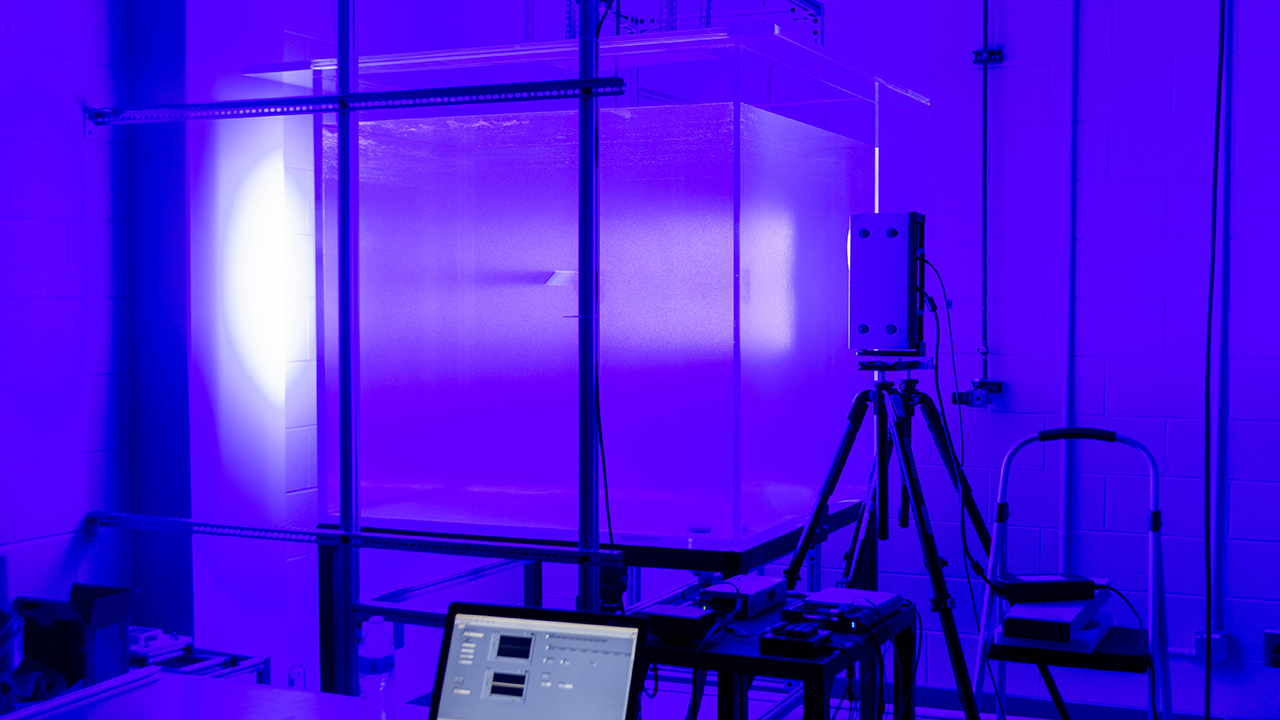Aerospace engineering associate professor awarded DOD grant for novel rotorcraft instrumentation
Published: Jan 30, 2024 12:00 PM
By Dustin Duncan
Vrishank Raghav, associate professor in the Department of Aerospace Engineering, is among 281 researchers nationwide awarded a Department of Defense grant under the Defense University Research Instrumentation Program (DURIP).
Totaling $161 million, DURIP grants will be provided to 120 institutions across 39 states in fiscal year 2024. DURIP is a strategic investment through which the DOD champions the country's scientific ecosystem. The program equips universities to perform state-of-the-art research that boosts the country's technological edge while ensuring that the future science, technology, engineering and mathematics workforce remains strong. The DURIP program is administered through a merit competition by the Air Force Office of Scientific Research, Army Research Office and Office of Naval Research, and seeks specific proposals from university investigators conducting foundational science and engineering research relevant to national defense.
Raghav, who is the principal investigator on the $248,787 grant, will focus on advancing his previous novel methodology — Rotating Three-Dimensional Velocimetry (R3DV) — which enables the measurement of time-resolved 3D velocity fields in the rotating frame of reference. Raghav had previously received a grant and DURIP award from the Army Research Office to conduct this research. Currently, R3DV is used to measure the rotor blades of flight vehicles — such as helicopters, Uncrewed Aerial Systems (UAS), and Vertical Take-off and Landing (VTOLs) aircrafts — when hovering. Building on this work with the recent DURIP grant, Raghav will research implementing the R3DV technique for forward flight conditions in a towing tank facility.

These measurements will bridge the gap in the current understanding of unsteady flow separation on a rotating wing. "We're developing a methodology to make the kinds of measurements that are currently impossible," Raghav said. "The U.S. Army is really interested because this technique does not exist currently and has the potential to significantly improve our understanding of aerodynamic limitations of rotorcraft."
These aerodynamic phenomena being measured have a significant influence on the flight performance envelope – maneuverability, speed, and vibrations for next-generation rotorcraft, UAS, and VTOLs, which are major issues, according to Raghav. "We need to understand exactly what is happening on the blades as they are spinning to improve the speed and efficiency of these vehicles," he said.
Raghav said the successful implementation of his methodology for forward flight vehicles will enable the Army to improve their designs on future vehicles with rotor blades.

Brian Thurow, chair of the Department of Aerospace Engineering, said DURIP awards are valuable tools to help researchers accomplish their research goals.
"Enhancing our research infrastructure is critically important as Auburn strives to elevate the role of research in our overall mission and to remain competitive with peer institutions; however, finding the resources for infrastructure improvements can be quite challenging and cannot depend on university resources alone," Thurow said. "DURIP awards are an ideal mechanism for researchers to secure external resources for infrastructure that supports their work as they can leverage and enhance DOD relevant research interests while also building infrastructure that can give us an edge over our competition. Dr. Raghav is to be commended for his proactive approach to research development. I expect this award to provide Dr. Raghav and his colleagues with unique opportunities to conduct research that cannot be completed elsewhere."
Media Contact: , dzd0065@auburn.edu, 334-844-2326

Aerospace associate professor Vrishank Raghav (left) stands with aerospace postdoctoral researcher Arun Nair (center) and doctoral student Abbishek Gururaj (right) to study the R3DV facility, used to measure the rotor blades of flight vehicles — such as helicopters, Uncrewed Aerial Systems (UAS), and Vertical Take-off and Landing (VTOLs) aircraft — when hovering.


